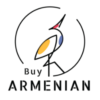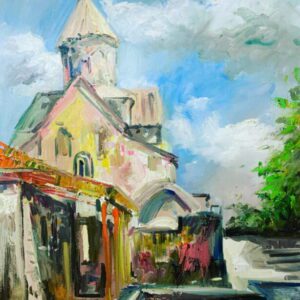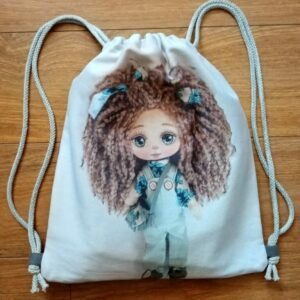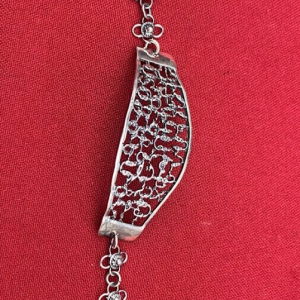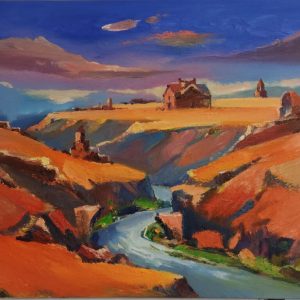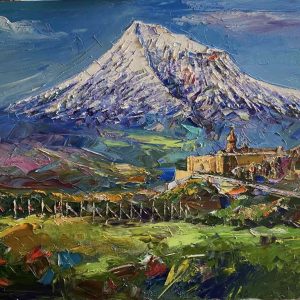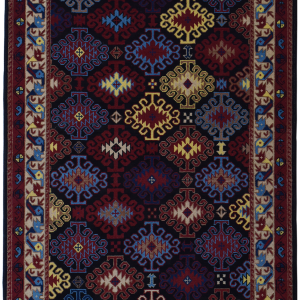-
-
-
Armenian Alphabet Bracelet Silver
Armenian Handmade Alphabet Bracelet
Handmade Pure 925 Silver
12 CM
8 Gram$68.00$90.00Armenian Alphabet Bracelet Silver
$68.00$90.00 -
-
“Flower” Brooch
Handmade brooch from organic glass. Made in Tavush region Arrmenia.
$8.00 Buy 10 to get 10% discount“Flower” Brooch
$8.00 Buy 10 to get 10% discount -
-
Armenian Ornamental Hoodie
“Ethnocode” unique collection by Artsakh Carpet
The Artsakh Carpet company created beautiful clothes collection inspired by Armenian carpet weaving art.
Hoodies for both boys and girls.
Material: cotton – 50 %, polyester – 50 %
Technique: textile printing
Weight: 0.6 kg
Size: S, M, L, XL$115.00$138.00Armenian Ornamental Hoodie
$115.00$138.00 -
Armenian Mosaic Pomegranate T-Shirt
Unisex T-shirt with printed stylish Armenian Mosaic pomegranate
Premium quality Unisex T-shirt made with the finest combed cotton fabric
95% cotton, 5% Lycra$15.00 – $20.00 Buy 10 to get 10% discountArmenian Mosaic Pomegranate T-Shirt
$15.00 – $20.00 Buy 10 to get 10% discount -
Mount Ararat in Spring
Mount Ararat in spring.
70/50cm, oil on canvas.
Ararat mount is considered to be the highest mount in the Armenian highland, symbolizing and introducing the Armenian spirit to the whole world.
$210.00Mount Ararat in Spring
$210.00 -
Artsakh Carpet
Handmade carpet made in Artsakh․ This carpet belongs to the series of traditional Armenian carpets.
Code: KC0120310
Size: 199 x 118 cm
Weight: 6.2 kg
Density: 32 x 32 (32 knots per 10 cm)
Node type: double (Armenian)$2,170.00Artsakh Carpet
$2,170.00 -
“Yerevan Love” Scarf
Inspired by the city of Yerevan and the love each and every Armenian feels for the city.
The history of Yerevan dates back to the 8th century BCE, with the founding of the fortress of Erebuni in 782 BCE by King Argishti I at the western extreme of the Ararat plain. Erebuni was “designed as a great administrative and religious centre, a fully royal capital.” By the late ancient Armenian Kingdom, new capital cities were established and Yerevan declined in importance. Under Iranian and Russian rule, it was the center of the Erivan Khanate from 1736 to 1828 and the Erivan Governorate from 1850 to 1917, respectively. After World War I, Yerevan became the capital of the First Republic of Armenia as thousands of survivors of the Armenian genocide in the Ottoman Empire arrived in the area. The city expanded rapidly during the 20th century as Armenia became part of the Soviet Union. In a few decades, Yerevan was transformed from a provincial town within the Russian Empire to Armenia’s principal cultural, artistic, and industrial center, as well as becoming the seat of national government.
With the growth of the Armenian economy, Yerevan has undergone major transformation. Much construction has been done throughout the city since the early 2000s, and retail outlets such as restaurants, shops, and street cafés, which were rare during Soviet times, have multiplied. As of 2011, the population of Yerevan was 1,060,138, just over 35% of Armenia’s total population. According to the official estimate of 2016, the current population of the city is 1,073,700. Yerevan was named the 2012 World Book Capital by UNESCO.[28] Yerevan is an associate member of Eurocities.$110.00
